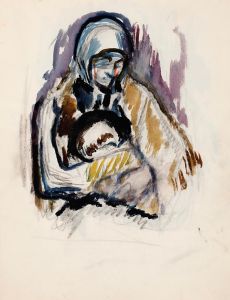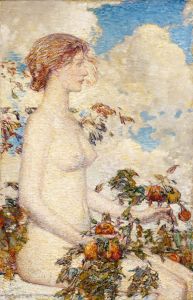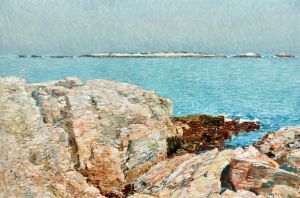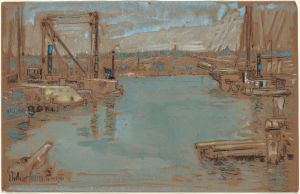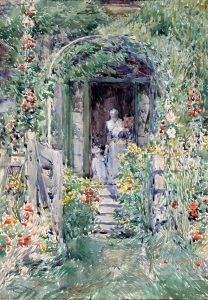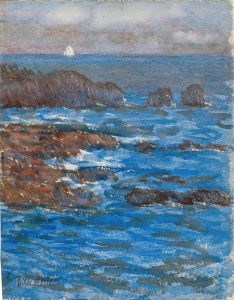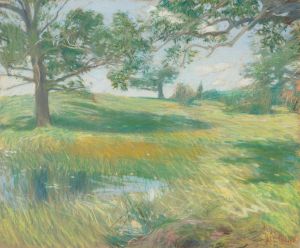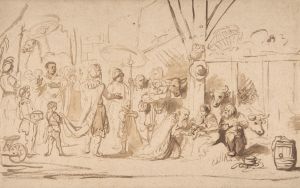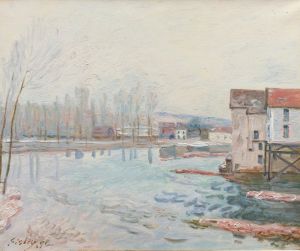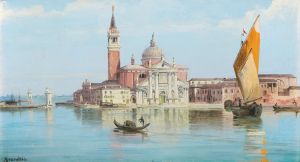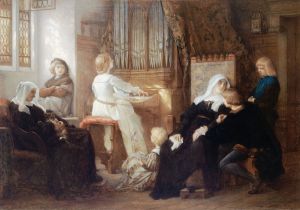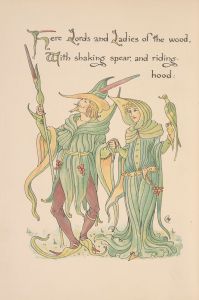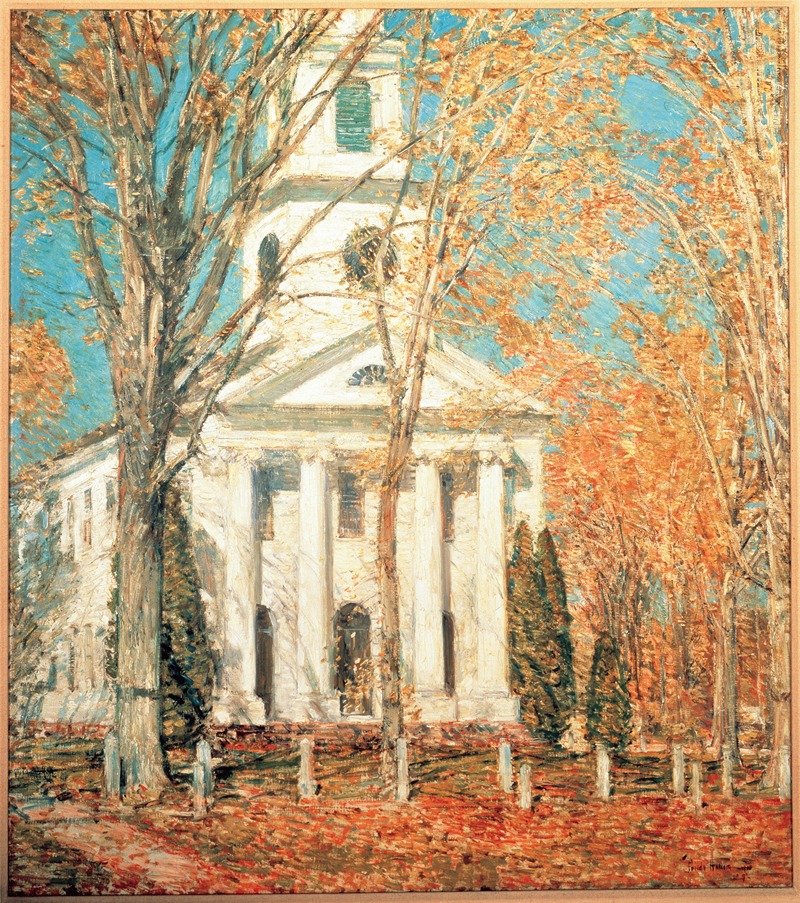
Church at Old Lyme, Connecticut
A hand-painted replica of Childe Hassam’s masterpiece Church at Old Lyme, Connecticut, meticulously crafted by professional artists to capture the true essence of the original. Each piece is created with museum-quality canvas and rare mineral pigments, carefully painted by experienced artists with delicate brushstrokes and rich, layered colors to perfectly recreate the texture of the original artwork. Unlike machine-printed reproductions, this hand-painted version brings the painting to life, infused with the artist’s emotions and skill in every stroke. Whether for personal collection or home decoration, it instantly elevates the artistic atmosphere of any space.
"Church at Old Lyme, Connecticut" is a notable painting by the American Impressionist artist Childe Hassam. Created in 1905, this work is one of Hassam's most celebrated pieces, capturing the First Congregational Church of Old Lyme, a quintessential New England church known for its white clapboard architecture and prominent steeple. The painting is a part of Hassam's series of works depicting the town of Old Lyme, Connecticut, which was a significant center for American Impressionism in the early 20th century.
Childe Hassam was a leading figure in the American Impressionist movement, and his work is characterized by its vibrant light and color, capturing the essence of the American landscape and urban scenes. Hassam was born in 1859 in Dorchester, Massachusetts, and he became one of the most influential American artists of his time. His style was heavily influenced by the French Impressionists, particularly Claude Monet, whom he admired greatly.
The Old Lyme Art Colony, where Hassam spent considerable time, was an important gathering place for artists in the early 1900s. It was established in the home of Florence Griswold, whose house became a boarding place for artists and is now the Florence Griswold Museum. The colony attracted many artists who were drawn to the picturesque landscapes and the serene environment of Old Lyme. Hassam first visited Old Lyme in 1903 and returned several times over the following years, producing numerous works that captured the town's charm and beauty.
"Church at Old Lyme, Connecticut" exemplifies Hassam's skill in using light and color to convey mood and atmosphere. The painting depicts the church bathed in sunlight, with dappled shadows playing across its facade and the surrounding trees. Hassam's brushwork is loose and fluid, capturing the fleeting effects of light and the vibrant colors of the scene. The composition is balanced and harmonious, with the church's steeple serving as a focal point that draws the viewer's eye upward.
The First Congregational Church of Old Lyme, which is the subject of the painting, is an iconic structure that dates back to the early 19th century. Its classic New England architecture, with a tall steeple and white clapboard siding, makes it a quintessential example of the region's ecclesiastical buildings. The church has been a central part of the Old Lyme community for generations and continues to be a symbol of the town's historical and cultural heritage.
Hassam's painting not only captures the physical beauty of the church but also reflects the artist's deep appreciation for the American landscape and its cultural landmarks. His work in Old Lyme and other parts of New England helped to establish a distinctly American form of Impressionism that celebrated the unique qualities of the American environment.
Today, "Church at Old Lyme, Connecticut" is held in high regard as a masterpiece of American Impressionism. It is part of the collection at the Albright-Knox Art Gallery in Buffalo, New York, where it continues to be admired by art enthusiasts and scholars alike. The painting stands as a testament to Hassam's artistic vision and his ability to capture the spirit of a place through his masterful use of light and color.





